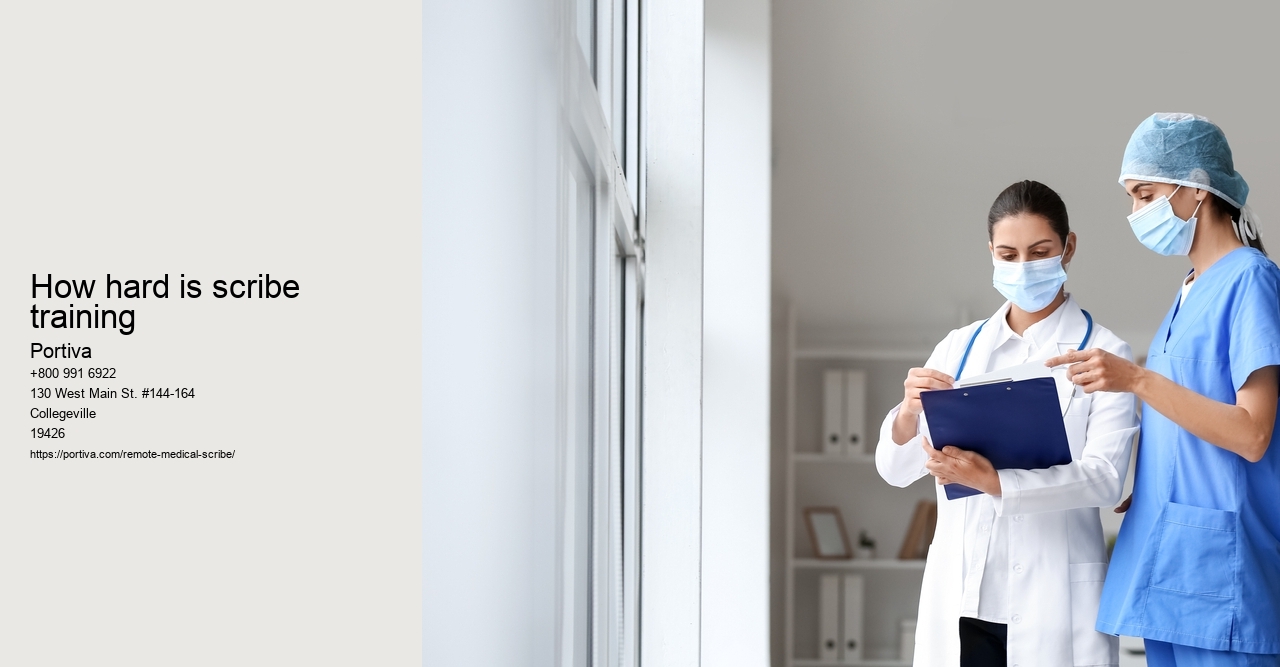Leveraging is one method to achieve this virtual medical assistant from Portiva to lighten your administrative load. With automated appointment scheduling and notifications sent directly to patients' devices, it's easier for people to find an available appointment slot at a suitable time without taking too much of their day away from work or other obligations. In addition, Portiva's medical billing offers additional services such as audits and compliance reviews which help practices avoid costly Medicare audits due to improper coding errors that could lead to significant fines or penalties for the course if not corrected immediately upon audit notification. Furthermore, Portiva provides comprehensive reporting tools to ensure medical practices have complete financial insight. By simplifying medical billing, medical providers can improve the quality of patient care while complying with medical regulations. Additionally, the virtual assistant can provide primary medical advice and guidance, allowing patients to receive personalized virtual medical support. Companies constantly strive to make their products more user-friendly and efficient for their customers. Virtual Medical Assistants (VMAs) offer a variety of health benefits to patients. The process is the sequence of steps the system takes to turn inputs into outputs. This technology has been found to reduce patient wait times by up to 20%, creating a better experience for doctors and their patients. With Portiva, users can access personalized health recommendations tailored to their lifestyle and history and access resources on how to live healthier lives. Virtual medical assistants can assist patients in multiple areas, such as scheduling appointments, checking symptoms, providing information about medications and other treatments, and more.
How hard is scribe training
